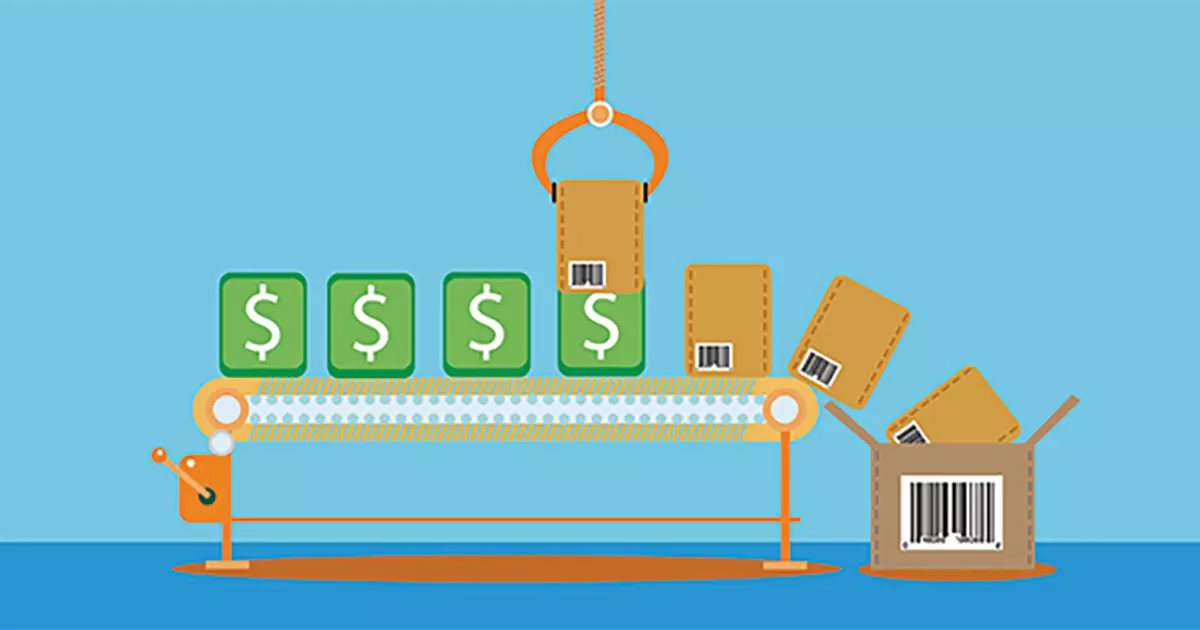4 Tips for Mapping Your Supply Chain

Mapping the supply chain can reveal opportunities and lead to a winning strategy.
Every B2B market has a supply chain. Mapping that supply chain during insight can reveal obstacles and opportunities and lead to a winning strategy. If you’ve never mapped your supply chain, here are some tips to help you get started. Then we’ll show you how doing so revealed exciting opportunities for one of our clients.
1. Think first about the buying process.
How many hands does your product go through before it gets to its ultimate destination?
2. Identify the end user.
What is the last stage of the process; where your product will be used, installed or applied?
3. Work back from the end user.
Who sells your product to the ultimate end user? For most B2B manufacturers, it’s not you. There can be channel partners involved. But there can also be other manufacturers, as your product becomes part of a larger assembly or sub-system, before concluding the process in the end use application.
4. Consider each link in the chain separately.
The real improvement in your marketing communications comes when you understand what’s important at each stage of the process. For instance, an end user may be mostly concerned with your product’s effect on performance and reliability of the system of which it is a part. But another manufacturer will be thinking about manufacturability and how your product influences time to market and cost. So, when you communicate with end users, you’ll be talking about how your product will make their equipment work better. And when talking to other manufacturers, you’ll want to stress how easy your product is to work with and to install in their equipment. And in a related point, how much better it will perform in the end use.
Mapping the Automotive Supply Chain: a Godfrey Case Study
The automotive supply chain has been clearly defined over the past several decades. The supply chain is divided into distinct tiers, essentially defined by a supplier’s relationship to the vehicle manufacturer. Firms that sell directly to the vehicle manufacturers are Tier 1 suppliers. Those that sell directly to the Tier 1s are Tier 2, and so on.
One of our clients, a component supplier, sells into the $50 billion automotive seating market. By mapping the supply chain, we were able to identify the four Tier 1 automotive seating suppliers as well as the Tier 2 and Tier 3 suppliers. In doing so, we identified that our client was a Tier 3 supplier, but in one relationship was a Tier 2. This opened the discussion of what it would take to become a Tier 2 supplier to all four Tier 1 seating manufacturers. We knew this would be a significant challenge, with a considerable investment and a long lead time.
At the same time, mapping the school bus seating market revealed a similar supply chain, with a concentrated number of school bus manufacturers, a focused number of seating manufacturers and a wide variety of assembly and component manufacturers filling out the tiers. Our client saw a more realistic opportunity, with less investment and a shorter lead time to move up the supply chain and become a strong Tier 2 player.
As plans were developed to pursue this strategy, one of the Tier 1 suppliers became available for acquisition. Our client made the acquisition and became a Tier 1 supplier in the school bus seating market. By successfully mapping the supply chain, our client became aware of obstacles in one market and exciting, new opportunities in another.
Sign Up for our Newsletter - Get agency updates, industry trends and valuable resources delivered directly to you.
Godfrey Team
Godfrey helps complex B2B industries tell their stories in ways that delight their customers.




